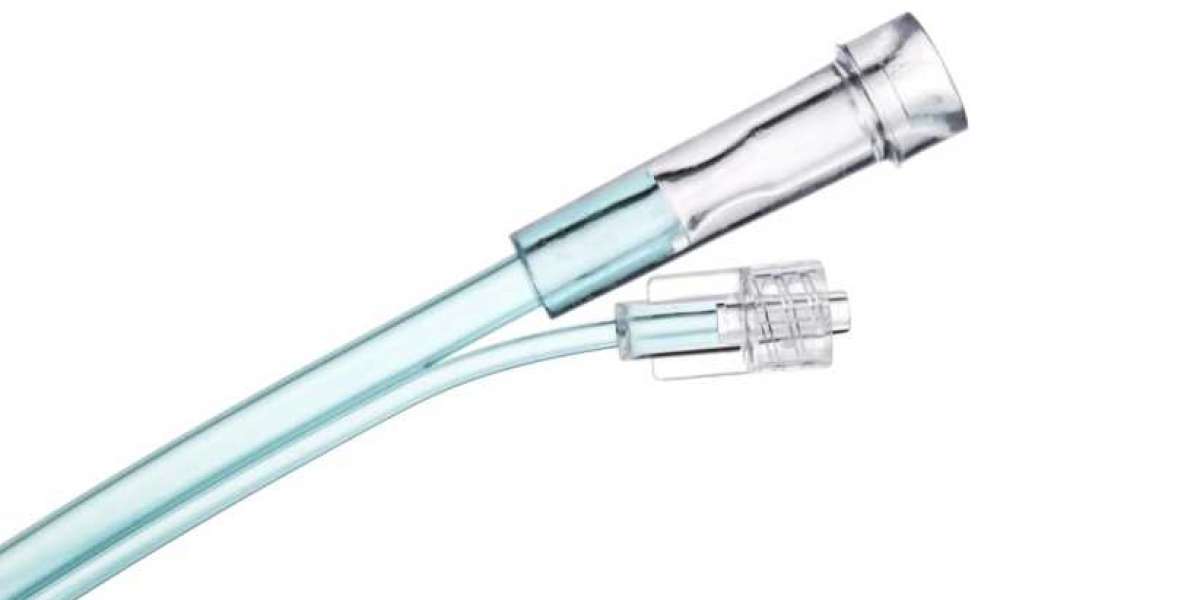Here are some key benefits:
Sterility and Infection Control: Disposable medical equipment is manufactured and packaged in sterile conditions, ensuring that each item is free from bacteria or contaminants. This significantly reduces the risk of infections and cross-contamination during medical procedures. Using sterile disposable equipment helps maintain a high standard of safety for both patients and healthcare providers.
Convenience and Time Efficiency: Disposable medical equipment eliminates the need for cleaning, sterilizing, and maintaining reusable equipment after each use. This saves significant time for healthcare professionals, allowing them to focus more on patient care and reducing the risk of errors associated with improper cleaning or sterilization. Additionally, the availability of pre-packaged disposable equipment saves time by avoiding the preparation process for reusable items.
Consistency and Reliability: Disposable medical equipment is manufactured to meet strict quality standards and undergoes rigorous quality control checks. This ensures consistency in the quality and performance of each item. Healthcare providers can rely on the consistent performance of disposable equipment, leading to more reliable and predictable outcomes in medical procedures.
Cost-effectiveness: While the upfront cost of disposable equipment may be higher than that of reusable equipment, the long-term cost-effectiveness is evident. Disposable items eliminate the need for ongoing maintenance, cleaning, sterilization, and repairs. This reduces labor costs, reduces the risk of equipment malfunction, and eliminates the need for replacements. Overall, the cost savings associated with disposable equipment make it a more efficient option for healthcare providers.
Accessibility and Availability: Disposable medical equipment is widely available and easily accessible in healthcare settings. They are readily stocked and can be quickly replaced when needed. This convenience ensures that healthcare providers have the necessary tools readily available for immediate use, reducing waiting times and delays in medical procedures.
Safety: Disposable medical equipment reduces the risk of human error associated with improper cleaning, sterilization, or maintenance of reusable equipment. This enhances patient safety and minimizes the potential for adverse events due to equipment-related issues.
Waste Reduction: While disposable medical equipment does generate waste, it can also help reduce waste in certain cases. For instance, single-use disposable items may eliminate the need for complex sterilization systems, reducing the environmental impact associated with sterilization processes. Additionally, disposable equipment can be made from recyclable materials, and proper waste management practices can help reduce landfill waste.
Overall, the use of
disposable medical equipment offers several advantages in terms of quality assurance, infection control, convenience, time efficiency, and cost-effectiveness. However, it is essential to strike a balance between disposable and reusable equipment, considering environmental factors and utilizing proper waste management practices to minimize the overall impact.
 Сделайте следующий шаг в своей образовательной карьере: Купить диплом и достичь новых высот
By worksale
Сделайте следующий шаг в своей образовательной карьере: Купить диплом и достичь новых высот
By worksale Диплом по вашему выбору: легко и надежно купить онлайн
By worksale
Диплом по вашему выбору: легко и надежно купить онлайн
By worksale Купить диплом с бесплатной доставкой
By worksale
Купить диплом с бесплатной доставкой
By worksale Преодолейте преграды в карьере: Купить диплом – ваш путь к успеху
By worksale
Преодолейте преграды в карьере: Купить диплом – ваш путь к успеху
By worksale Torrent Mp3 Temper Trap Sweet Disposition Mp3 5.38 MB - Mp3 Pc Cracked Exe Full Version
By berrololof
Torrent Mp3 Temper Trap Sweet Disposition Mp3 5.38 MB - Mp3 Pc Cracked Exe Full Version
By berrololof

